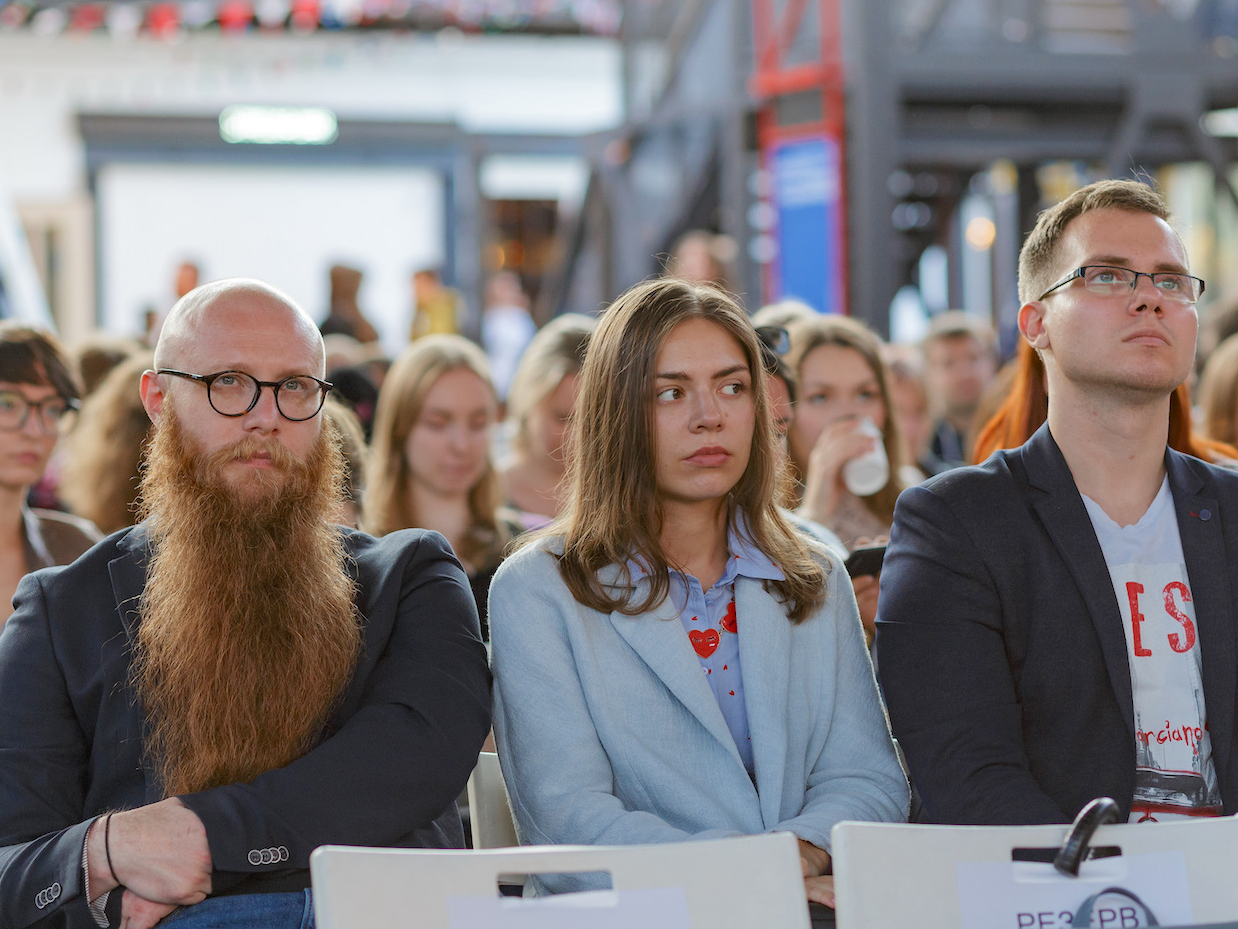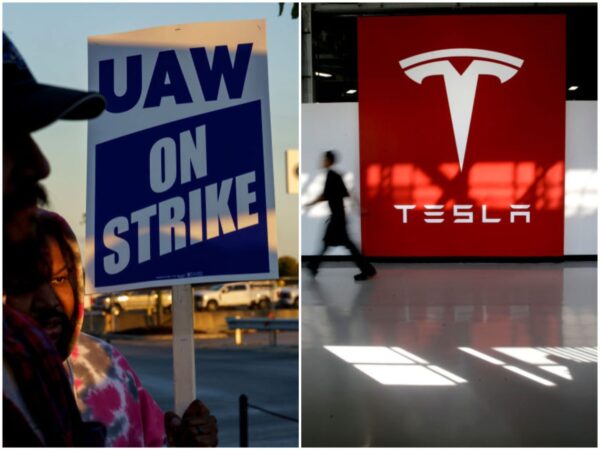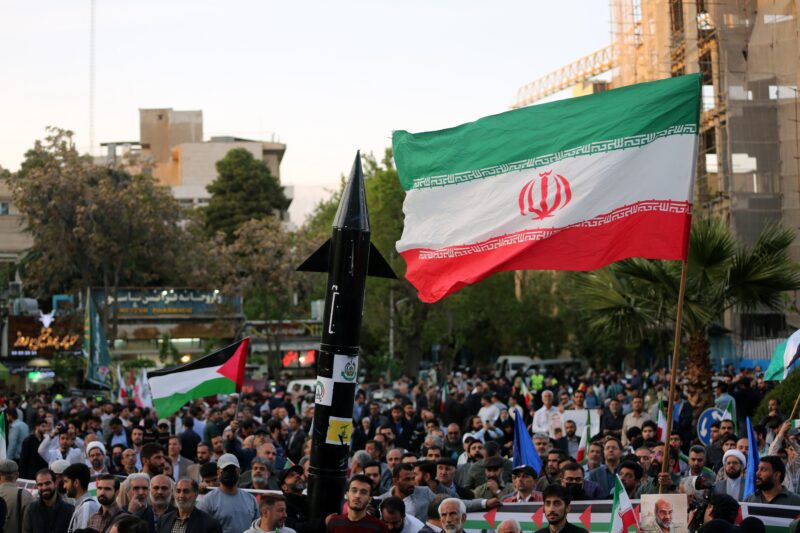- A gender pay gap isn’t just an American problem – gender pay disparities extend to many other countries, and some are much worse than others.
- A few of the countries with the most significant gender pay gaps include Korea, Estonia, Japan, Latvia, and Chile.
- Despite the fact that many countries are making strides to close the gender pay gap, there is still work to be done to reach true gender equality.
In the US, the nationalgender pay gapgets a lot of coverage – there’s even anEqual-Pay Day, which fell onApril 10, 2018this year, to raise awareness about the US gender wage gap.
According to data from theOrganization for Economic Cooperation and Development(OECD), the average American woman (excluding the considerations of race, sexual orientation, age,income level, physical ability, and whether or not they have children) earns almost 82 cents for every dollar the average American man does – an 18.2% difference in pay compared to the male median wage.
But the issue of the gender pay gapextends beyond the borders of the US. According to data from the same OECD report, some of the member nations with the most significantgender pay gapsinclude Korea, Estonia, Japan, Latvia, and Chile, but other countries have significant gender pay disparities as well.
Here are the 12OECD member countrieswith the biggest gender pay gaps, ranked least to worst:
9. Austria, 15.7%

Austrian women earn15.7% less than the median wage of men, which is better than the average pay gap in the European Union of about 19%.
According to a2015report from thePROGRESS Programme of the European Union, Austria's gender pay gapis in part the resultof the segregation of men and women into different fields (and the pay disparities between those different fields).
8. Mexico, 16.5% (tie)
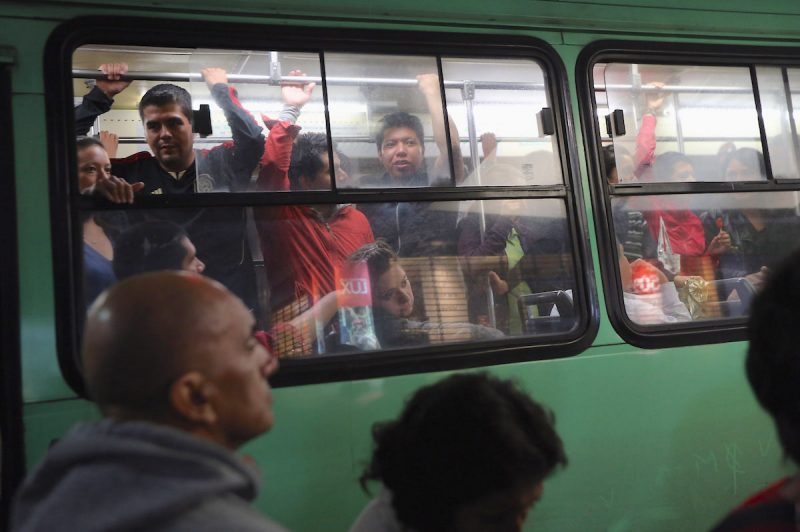
Tied with Finland, Mexico has the ninth most significant gender pay gap among OECD countries, with women earning 16.5% less than the median male wage, according to data fromOECD.
Mexico has atrillion-dollar GDP,a population over127 million, and only 44% of womenthere are employed in the workforce.
8. Finland, 16.5% (tie)

At first, this may seem like an unusual tie, since Mexico and Finland have completely different economic makeups.
Finlandis classified as "high income" by The World Bank, whileMexicois classified as "upper middle income."Finland's GDP per capita is about $43,000 US dollars, whileMexico's is about $8,200 US dollars.
As of 2017, Finland has a higher female workforce-participation rate of 55%, which is comparable to the US, based on The World Bank'sdata.
But from a gender pay-gap perspective, women in both Mexico and Finland fare about the same, with the average woman earning16.5% lessthan the average man.
7. United Kingdom, 16.8%

The UK is another potentially unexpected entry, at least if you subscribe to the idea that a large GDP means a country is less likely to suffer from problems of gender-based inequality.
Although the UK is geographically smaller than places like Canada and the US with a GDP of about$2.6 trillion US dollars, women there still only earn about 83.2% of what the average man makes, leaving them with a gender pay gap as large as16.8%.
6. Canada, 18.2% (tie)

It may surprise some that Canada and it's eighth-place partner the US are on a list of countries with the largest gender pay-gap because of their respective sway on the global economy and generally socially progressive reputations.
But women in Canada still earn18.2% lessthan the median wage of men, despite theCanadian Employment Standards Act, which prohibits wage discrimination on the basis of sex and employment status in Canada.
6. The United States, 18.2% (tie)

Although the US implemented theEqual Pay Act of 1963, which requires that men and women are given equal pay for equal work in the same job, American women also earn18.2% lessthan the median wage of American men.
5. Israel, 19.3%

After examining data from 1990-2011, Israel'sCentral Bureau of Statisticsfound that, although in recent years Israeli women are statistically more likely to go to college and earn a degree than their male counterparts, they only earn 80.7% of what men earn, which leaves Israel with a19.3% gender pay gap.
Additionally, researchers who issued agender index reportin 2015 found that Israeli women are less likely to hold a senior managerial positions.
Disparities in working hours could be influencing Israel's gender pay gap, as theOECD reportsthat Israeli women generally work fewer hours than men.
4. Latvia, 21.1% (tie)

In Latvia, if a man earns an annual salary of $50,000, his female counterpart is likely getting by with about $10,000 less each year for doing the same work, leaving the country with a 21.1% pay gap, according to data from theOECD.
4. Chile, 21.1% (tie)
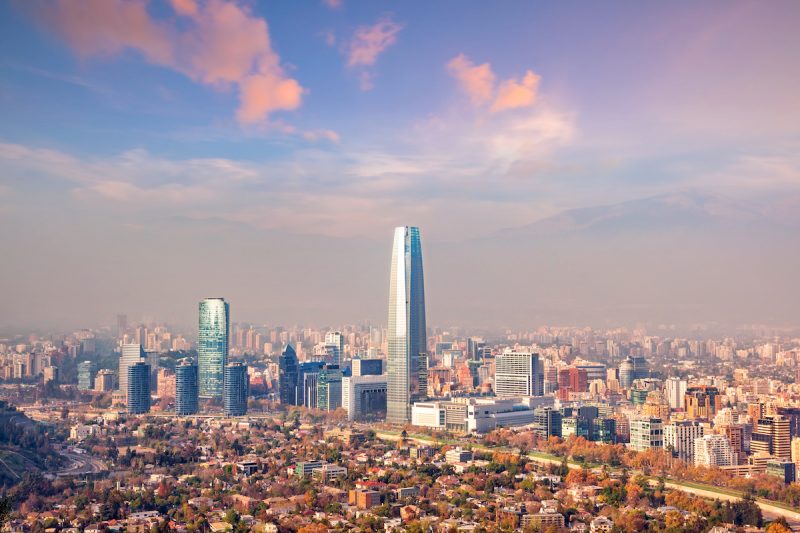
Same goes for Chile; women are getting about $10,000 less annually than men for the same work. Though Chilean women are entitled to 18 weeks ofmaternity leave, more than many OECD countries, Chile still has a21.1% gender pay gap.
3. Japan, 24.5%

With a gross domestic product (GDP) of$4.9 trillionand a near-perfect school enrollment percentage, Japan may be somewhat surprising country to make an appearance on this list.
Japanese women earn24.5% less than men, based on OECD's findings. Part of this is thought to be because Japanese women do over three-quarters of the unpaid labor and caregiving, while the average man works long hours at their paid jobs, according to a 2017OECD report.
2. Estonia, 28.3%

Although Estonian women are entitled to20 weeksof maternity leave (the ninth-highest number of weeks in the OECD), it still has the second largest pay-gap inOECD's data, with the average woman earning just 71.7% of what the average man earns - a 28.3% disparity.
This is also despite the fact that women make up more than half of the population, with 113 women per 100 men, according to theEuropean Commission. Additionally,Statistics Estonia reports that, as of 2017, nearly 80% of women are active workers in Estonia.
1. Korea, 34.6%

Korea has the largest gender wage gap on the OECD's list.
In Korea, the average woman earns about 65.4% of what a man earns, leaving them with a 34.6% wage gap, according toOECD data. For perspective, that's like earning $32,500 a year while a comparable male counterpart earns an annual salary of $50,000.
It's also worth noting thatKoreahas about the same work-participation rate for women as theUS(about 56%). Even with slightly more than half of the female population in the workforce, women were still 20 percentage points behind the employment rate of Korean men, theOECD reported.
A fight for gender equality
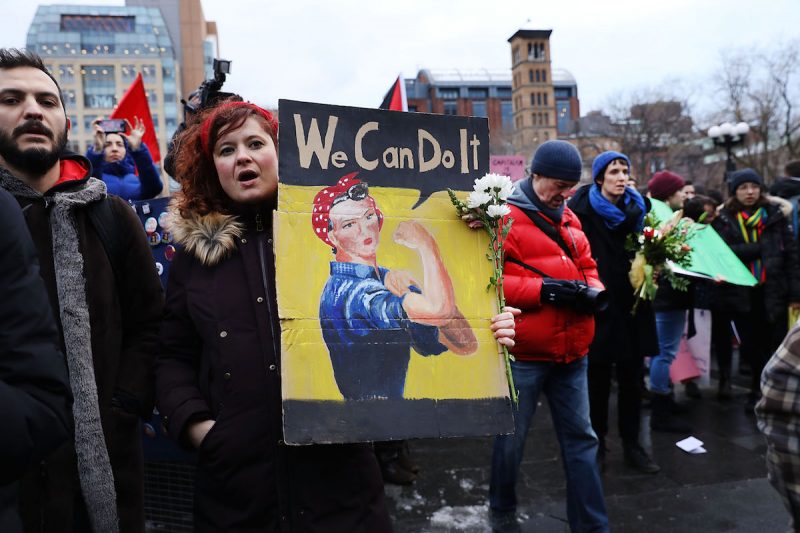
Gender-inequality issues extend beyond wages. When you add in other factors, like educational attainment, opportunities, and health, the rankings look a bit different.
For that context, check out theWorld Economic Forum's Global Gender Gap Index, which ranked 144 United Nations member countries on gender equality using wage data, level of education, economic participation and opportunity, health, and political empowerment.
Of the countries on that list, not one broke the 0.9 mark (out of the highest possible score of 1) and only five countries scored 0.8 or higher, based on OECD's findings. The highest ranked country, Iceland, scored 0.874 in 2016, while the US (0.722) ranked 45th.
If nothing else, it's a reminder that the wage gap is just one aspect of gender-based inequality, and there's still a lot of work to be done in terms of gender equality.

